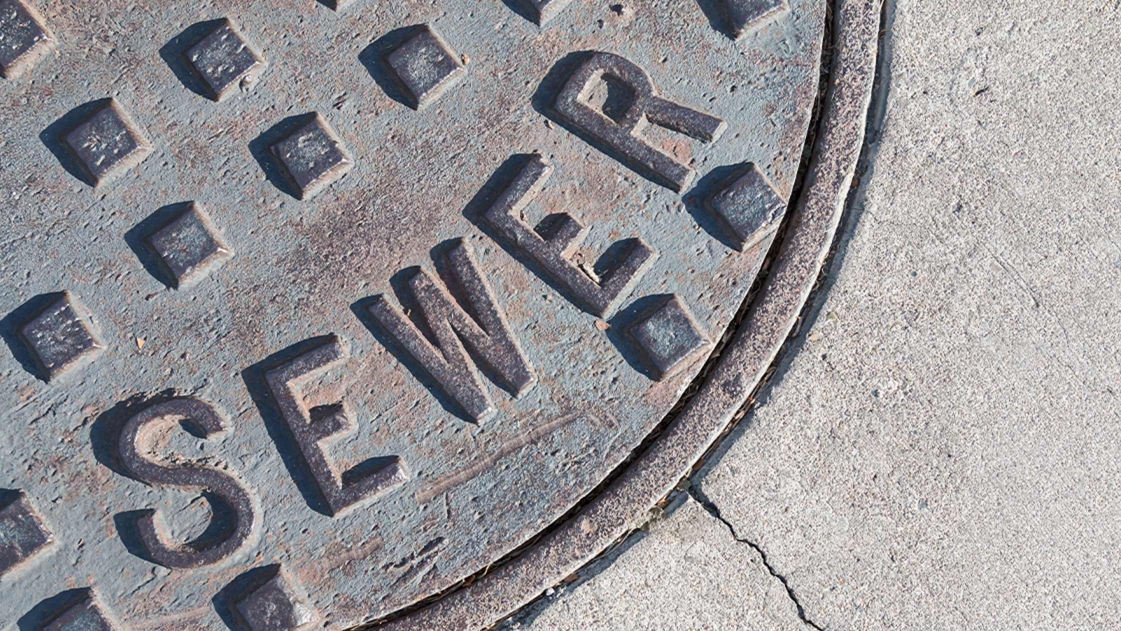Planning for Climate Change Impacts on the Environment

Climate change. What impact will it have on infrastructure? And how can we plan for the next 50 to 100 years, today?
A great resource to utilize is the EPA’s National Stormwater calculator, a free online modeling tool that estimates the annual amount of rainwater and frequency of runoff from a specific site based on local soil conditions, land cover, and historic rainfall records.
It features a Climate Adjustment function that lets engineers and planners evaluate the impacts of future climate change projections on water infrastructure performance. Some of the scenarios include more frequent high intensity storms and changes in evaporation rates of seasonal precipitation.
Scenarios:
- Hot/Dry
- Median Change
- Warm/Wet
The Climate Adjustment Tool also includes the ability to apply scenario projections to the near term (2020-2049) and long term (2045-2074.) showing how the different long-term scenario projections affect monthly rainfall levels and extreme storm events.
Sanitary sewer analysis
Our team of hydraulic engineers used the Climate Adjustment Tool to help the City of Ann Arbor evaluate future capacity needs for its sanitary sewer system.
As part of a sanitary sewer wet weather evaluation study, the project team evaluated several scenarios and ran models for each, to determine the impact on the sanitary infrastructure.
In using the tool to evaluate Ann Arbor’s sanitary sewer system, the team observed that the Warm/Wet scenario results in higher average rainfall, while the Hot/Dry scenario produces slightly larger extreme storms.
The hydraulics engineers performed a Frequency Analysis using Hydrologic Model Output and 60 years of historic rain data to analyze the frequency of storms with the potential to overwhelm the City’s wastewater treatment plant.
Ultimately, the project team, which included an advisory committee of involved citizens, elected to use a 10% increase in future peak flow rates, to account for climate change, based on the results of the modeling.
A Technical Oversight and Advisory Group, which included nationally recognized authority on climate change impacts on landscape ecology, Dan Brown, of the University of Michigan, reviewed the project team’s recommendations:
“…TOAG Members indicated that the recommendation to increase the 25 year Design Event flow rate by 10% is reasonable since this is a mid-range value, which falls near the center of the climate change forecast models showing ‘best case’ and ‘worst case”’ future conditions…”
Remember: when using the Climate Adjustment Tool, it is important to point out that it provides data specific to the geographical region of interest. It may be safe to assume that other communities in Southeast Michigan should increase their future design flow rates by 10% based on the Ann Arbor results, but keep in mind that the projections may be very different for communities outside of Southeast Michigan.
Want to learn more? Contact Robert or one of our other water experts at waterinquiry@ohm-advisors.com.
